TEMPORARY EXHIBITION - 50 Years of Archaeological Excavations in Bodrum, Turkey
On the 13th of April 1966, Danish archaeologists broke ground in the Turkish town of Bodrum, the ancient Halicarnassus. This marked the beginning of the longest Danish archaeologic expedition abroad. The current professor in classic archaeology at that time, Kristian Jeppesen (1924-2014), was the initiator as well as the leader of the excavations. Here, Kristian Jeppesen is with the other Danish participants from the first campaign: Lise Hannested, Christian Galberg, and Tage Kjærsgaard. Photo credit: Niels Hannested.
 | 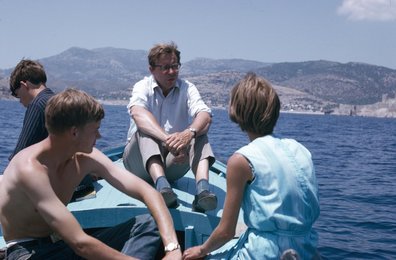 |
|---|
In the 1960s, Bodrum was a small pearl by the blue Mediterranean Sea. Since Antiquity, the town had been known as the birthplace of 'the Father of History', Herodotus, and for housing one of the seven wonders of the ancient world, the Mausoleum, a tomb for King Mausolus. The Mausoleum was already found and excavated in 1856-57 by the English vice-consul, Charles T. Newton. The excavated sculptures and fragments were sent home to the British Museum.
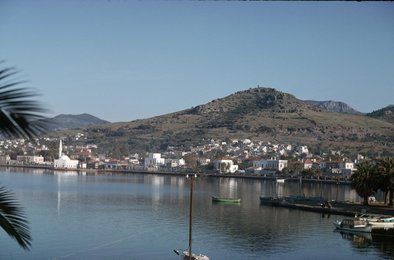 |  |
|---|
The purpose of the Danish excavations was to investigate the terrace on which the burial momument was once placed. By coincidence, in 1970, an opportunity to excavate the burial monument presented itself. The city council of Bodrum wanted a new harbour and needed soil for the filling. This was delivered by the Danish archaeologists and in return, they got the opportunity to investigate the burial chamber itself. Here, they discovered a large animal sacrifice on the stairs going down into the tomb as well as remnants of the contents of the tomb. The tomb had been plundered, most likely already in the Antiquity, so only fragments of glas, pottery, and small gold plates were left behind.
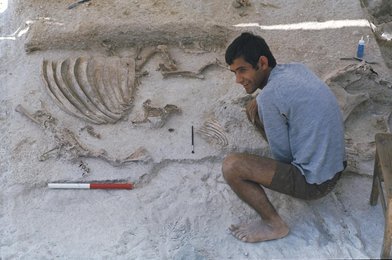 | 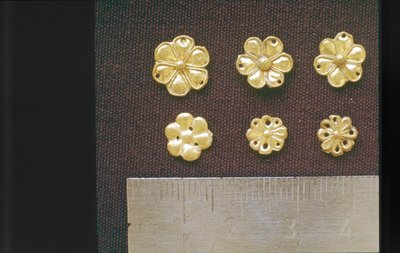 |
|---|
Throughout the years, the project expanded and included studies of the town's size, street layout, houses, graves, and fortifications. What started out as a study of a world famous monument became a study of a whole town and the life its citizens lived throughout the years. It was very unusual for a tomb to be placed in the middle of a town, and there was an interest in discovering how the monument was integrated into the town.
 | 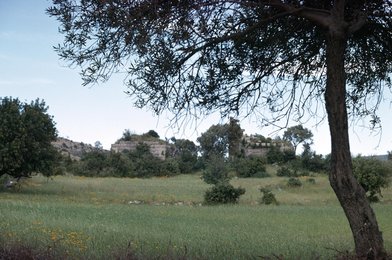 |
|---|
The ancient town of Halicarnassus was protected by a city wall - the best preserved building from the historic town. The photo on the left shows the wall in 1966, while the photo on the right shows it after excavation and restoration in 2000. The wall stretched far outside present-day Bodrum and Danish archaeologists have examined its course, building technique, and the defense principles behind it. They have also excavated several houses from different periods, among them a late-Antique house belonging to Chairedemos from around 400 AD, and they have examined and documented grave sites outside the city wall and in the landscape surrounding Halicarnassus. The later excavations focused on Mausolus’s palace, situated below the crusader castle on the Zepyrion peninsula (in the bay outside Bodrum). The castle was built by the Order of the Knights of the Hospital of St John of Rhodes in the 1400s with materials from the mausoleum. Today, it houses the Bodrum Museum of Underwater Archaeology.
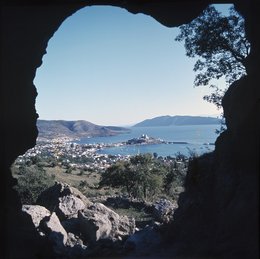 | 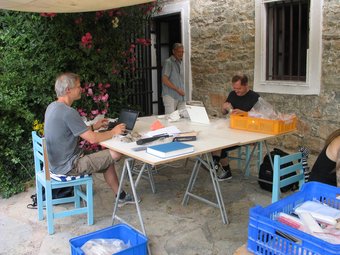 |
|---|
Danish archaeologists have together with other professionals worked on the findings from Bodrum throughout the years since 1966 and thay have continuously published their results. The work has consisted of work with groups of finds such as inscriptions, mosaics, and especially pottery from the various excavations. Over a hundred Danish archaeologists, Antiquity researchers, architects, conservators, and students have participated in the work over the years. The Danish Halicarnassus project has worked with permission from the Turkish Department of Antiquities in Ankara. The project was undertaken in close collaboration with the archaeological museum in Bodrum and its director and staff. Since 1990, the project has officially been under the direction of the Museum of Bodrum, and the results would not have been possible without the museum’s participation and generous support. However, the Halicarnassus project has not received a work permit since 2013.
The exhibition at Antikmuseet is based on Kristian Jeppesen’s archive and the results of later research. Photos, original documents, texts, and items present the different excavations since 1966, and simultaneously show the process of an archaeological excavation from the first spit of soil to the publication of the results. One of the project’s products is a wooden model made by former museum technician Axel Sønderborg. The latest project in Bodrum focuses on the modern city, which is a tourist mecca dominated by bars and restaurants along the harbour and coast line today. The project examines the role of ancient cultural heritage as a creator of identity. The research is part of the EU-financed CoHERE project. The exhibition at Antikmuseet has been made possible though funding from Augustinusfonden and is on view the next five years.
 |  |
|---|